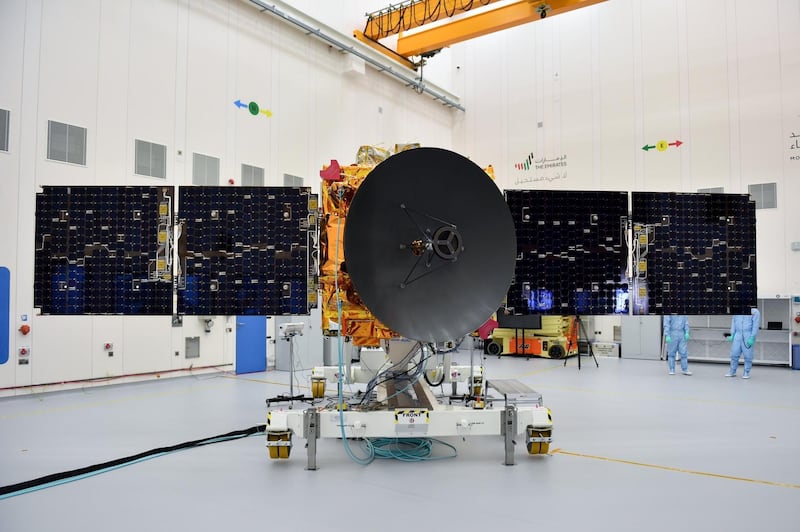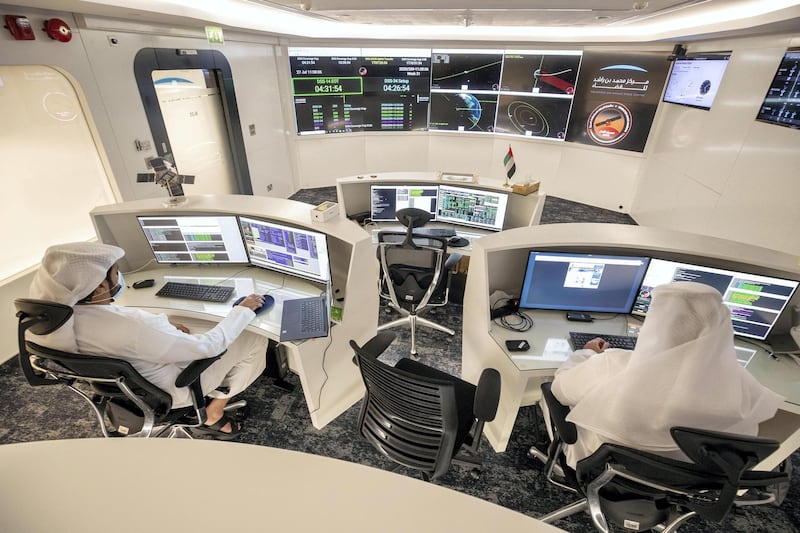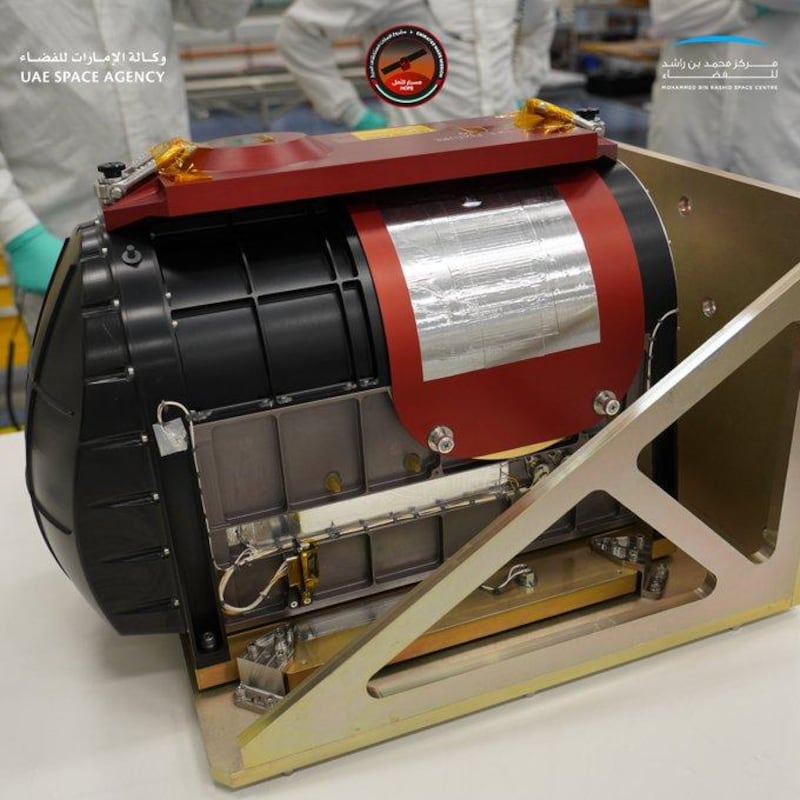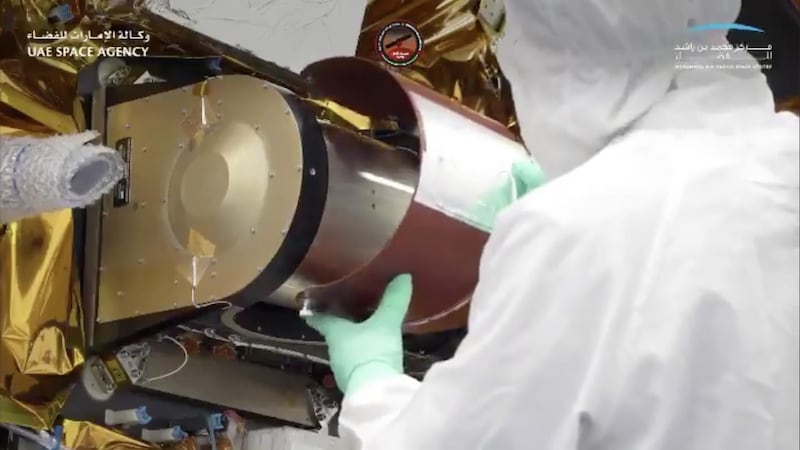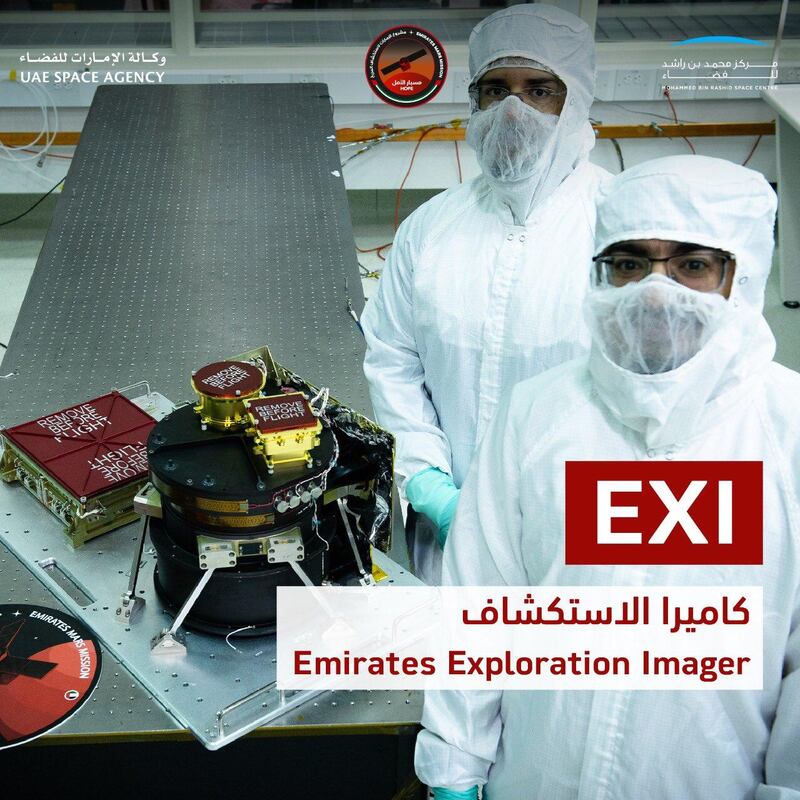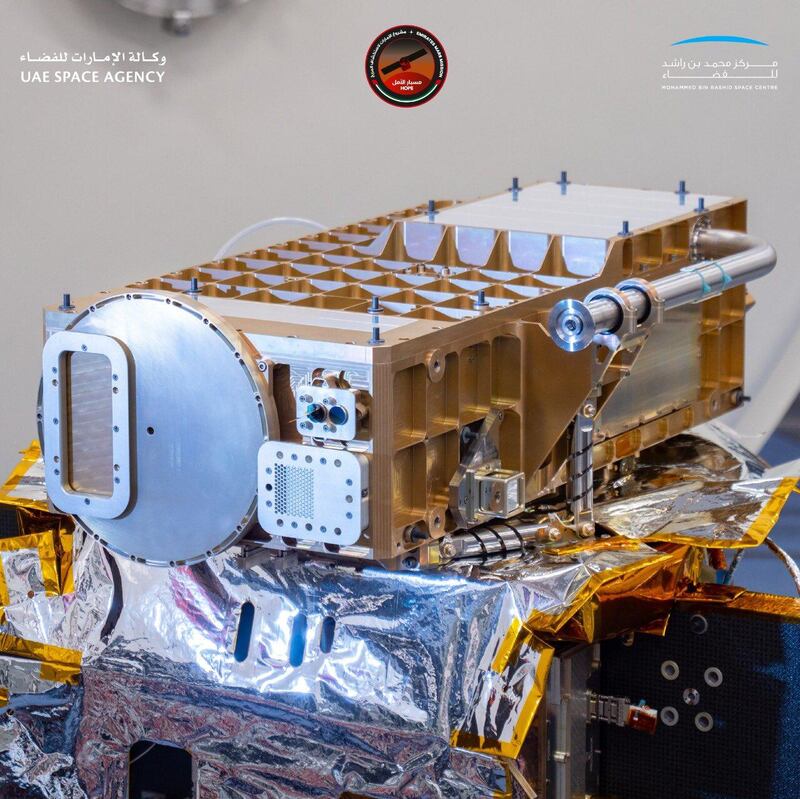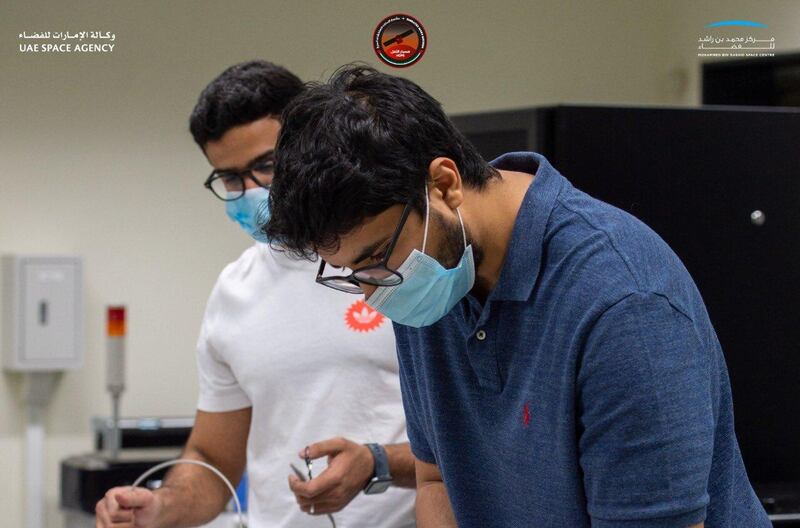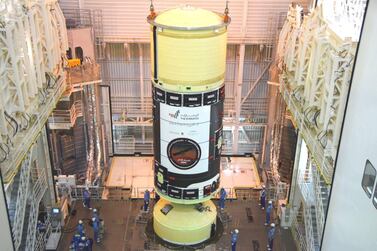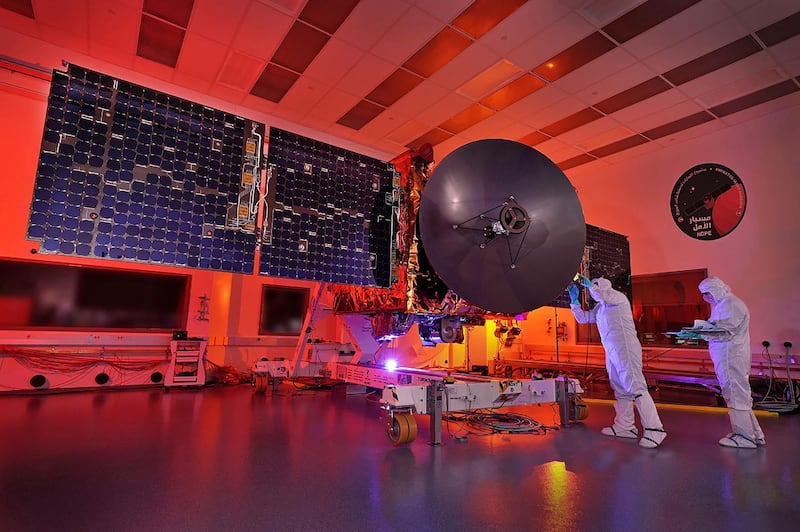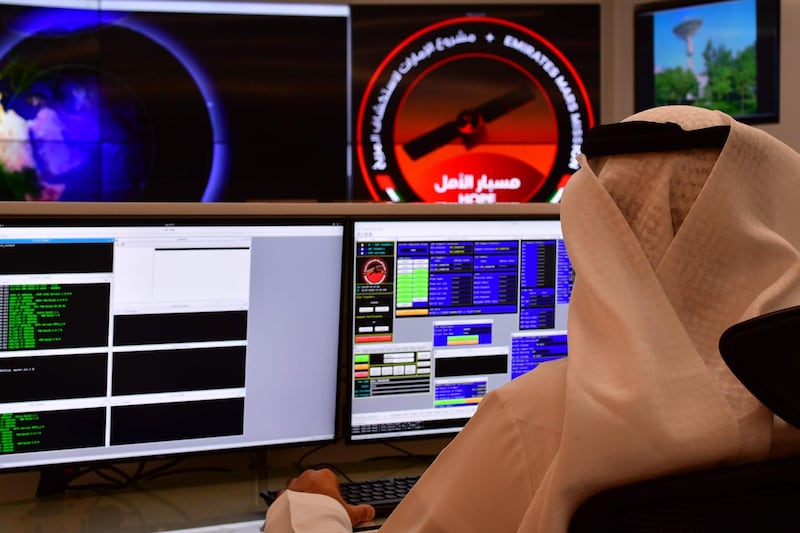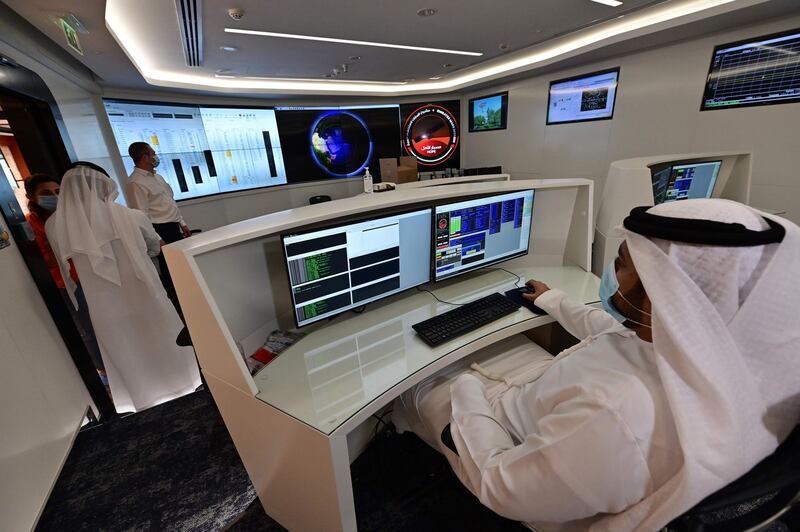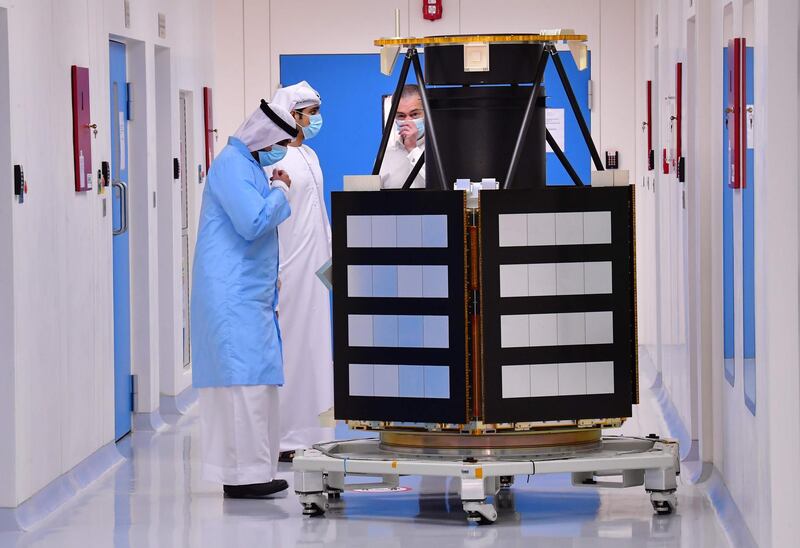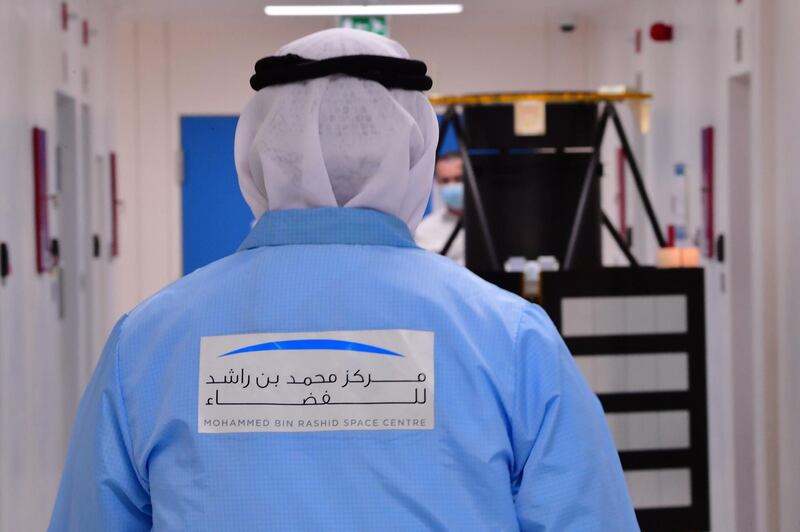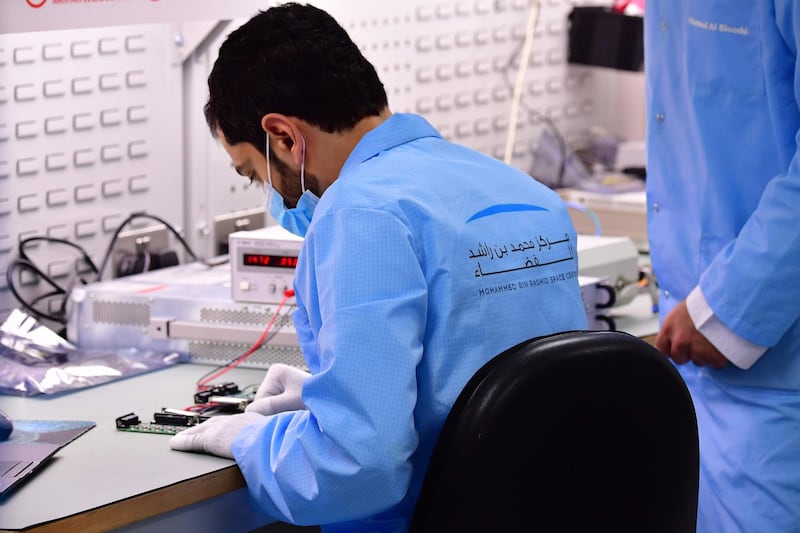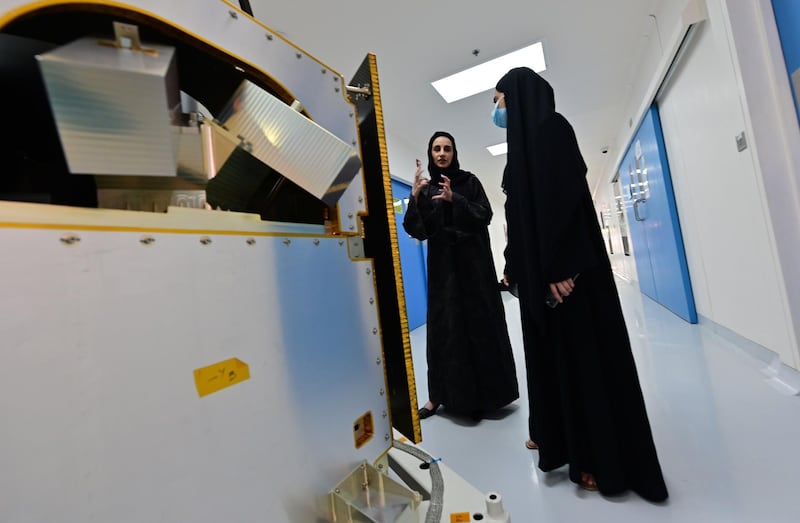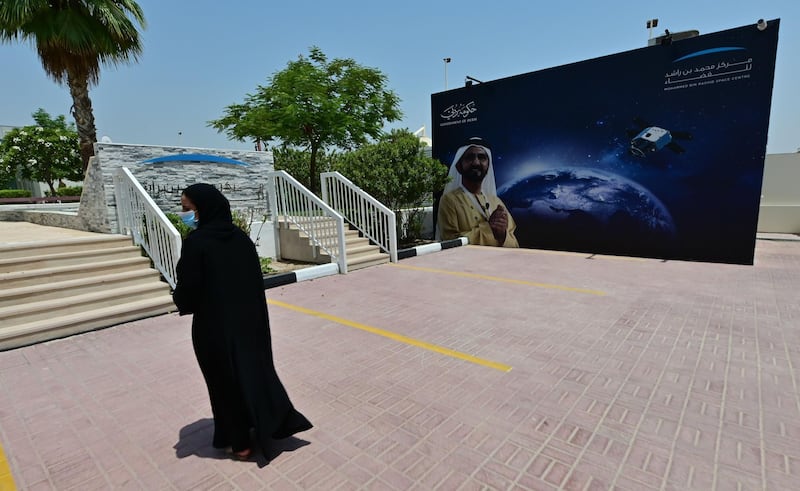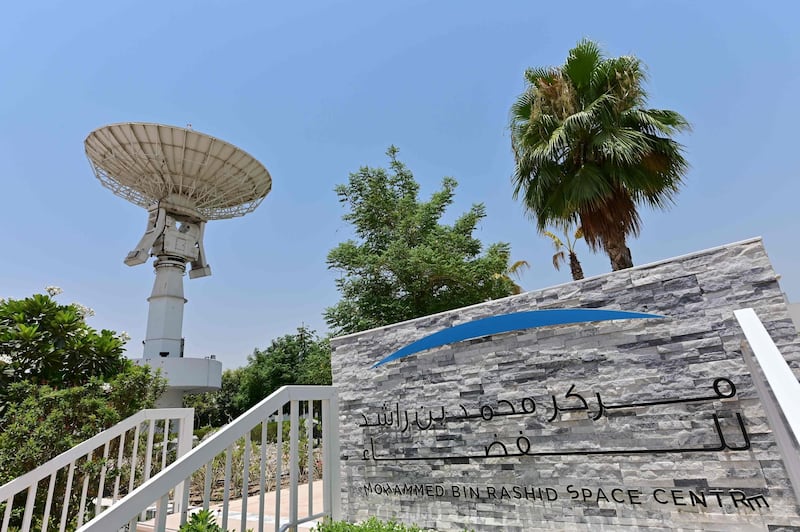The relatively low cost of the UAE’s mission to Mars will help pave the way for the country to explore other planets in the future, experts have said.
The UAE has spent $200 million on the Hope probe, from its conception right the way through to its design, construction and launch.
Similar missions to the Red Planet have cost far more. Nasa's Maven orbiter, for example, which was sent to Mars in 2013, cost Dh2.46 billion ($671m).
“The UAE government was adamant in finding a relatively low mission cost and at the same time completing in a shorter time,” said Sarah Al Ameri, president of the UAE Space Agency and deputy project manager of the Emirates Mars Mission (EMM).
Ms Al Ameri said the EMM team had been given a strict budget by the government and a timeline of just six years to complete the launch of the Hope probe.
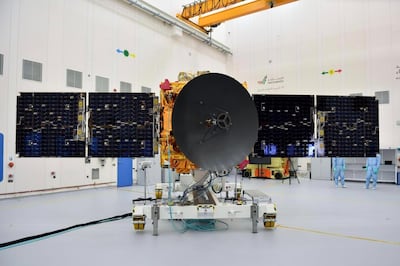
Other countries have previously taken a decade to design and build more complex spacecraft and their necessary operating systems.
“To be able to meet those two constraints – the budget and timeline – we re-looked at how to design such missions and reduce design complexity,” said Ms Al Amiri.
“If you look at other missions, they have a multitude of science objectives that they would like to address, and at the same time they have several suites of instruments that go on board.
"To reduce the complexity, we had three instruments.”
The Hope probe aims to study the lower and upper atmosphere of Mars by using three key pieces of equipment.
Its infrared spectrometer will measure the distribution of dust, ice clouds and water vapour while a sophisticated camera will take high-resolution images of the planet.
An ultraviolet spectrometer will also study the upper atmosphere of the Red Planet and record traces of oxygen and hydrogen.
Other spacecraft launched to explore Mars in recent years include Nasa's Mars Reconnaissance Orbiter in 2005 and the Trace Gas Orbiter, a joint project by Russia's space agency and the European Space Agency that was launched in 2016.
The UAE’s Hope probe will be placed in a much higher orbit than previous craft, however, allowing it to capture broader images. Scientists calculate it will be able to make a full circle of Mars every 55 hours.
“It will give us a full understanding on how atmospheres evolve and how the weather systems impact atmospheric evolutions,” said Ms Al Amiri.
“This is very important for scientists to better understand climate change on Earth and to find all of the leading causes of it.”
The UAE has worked with three leading US universities - the University of Colorado, Arizona State University and University of California, Berkeley - to help develop the probe and its instruments.
Ms Al Amiri said the Emirates had worked with its partners to ensure the mission was cost-effective, but also that it offered the opportunity to collect substantial data on the planet.
